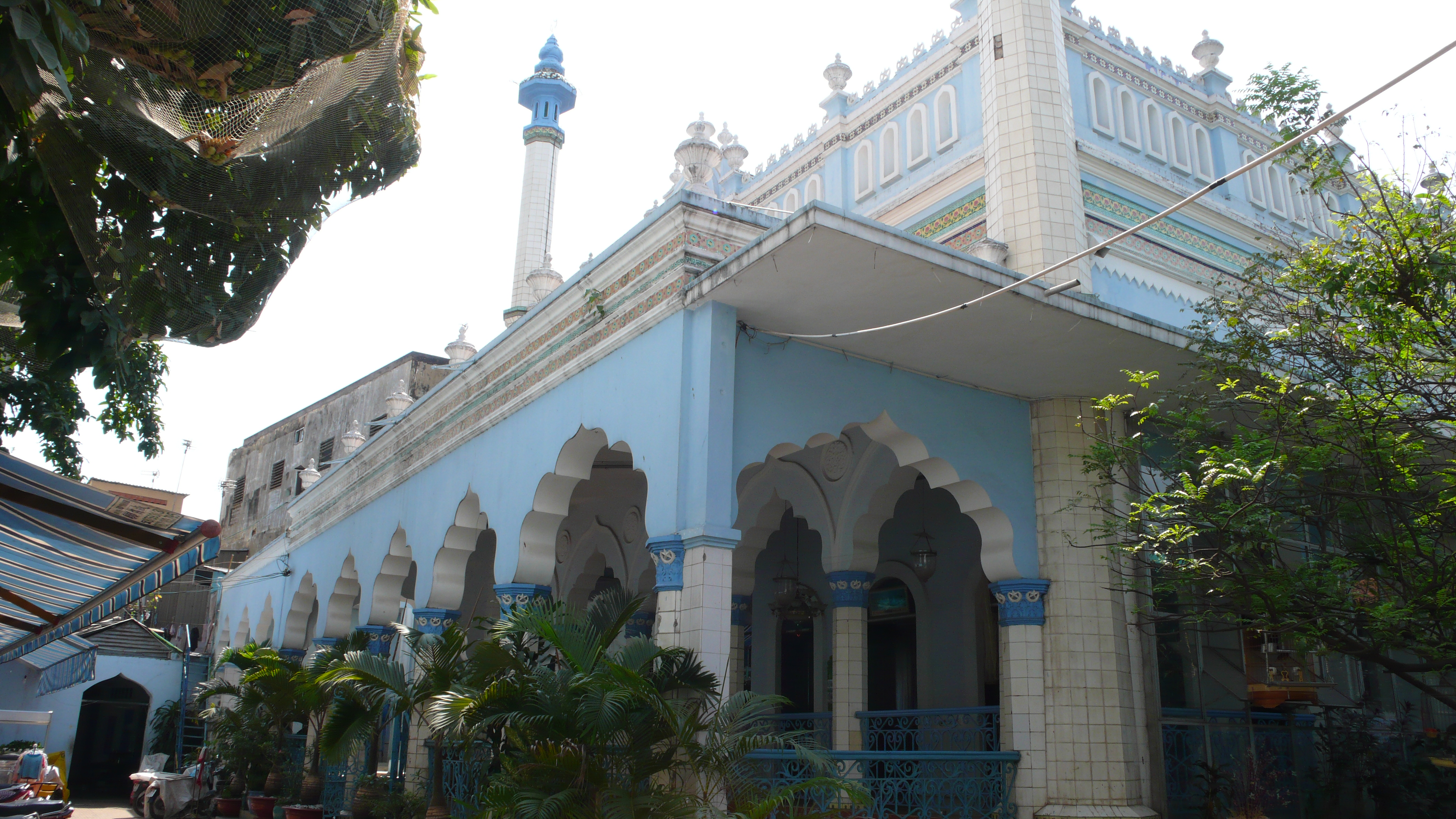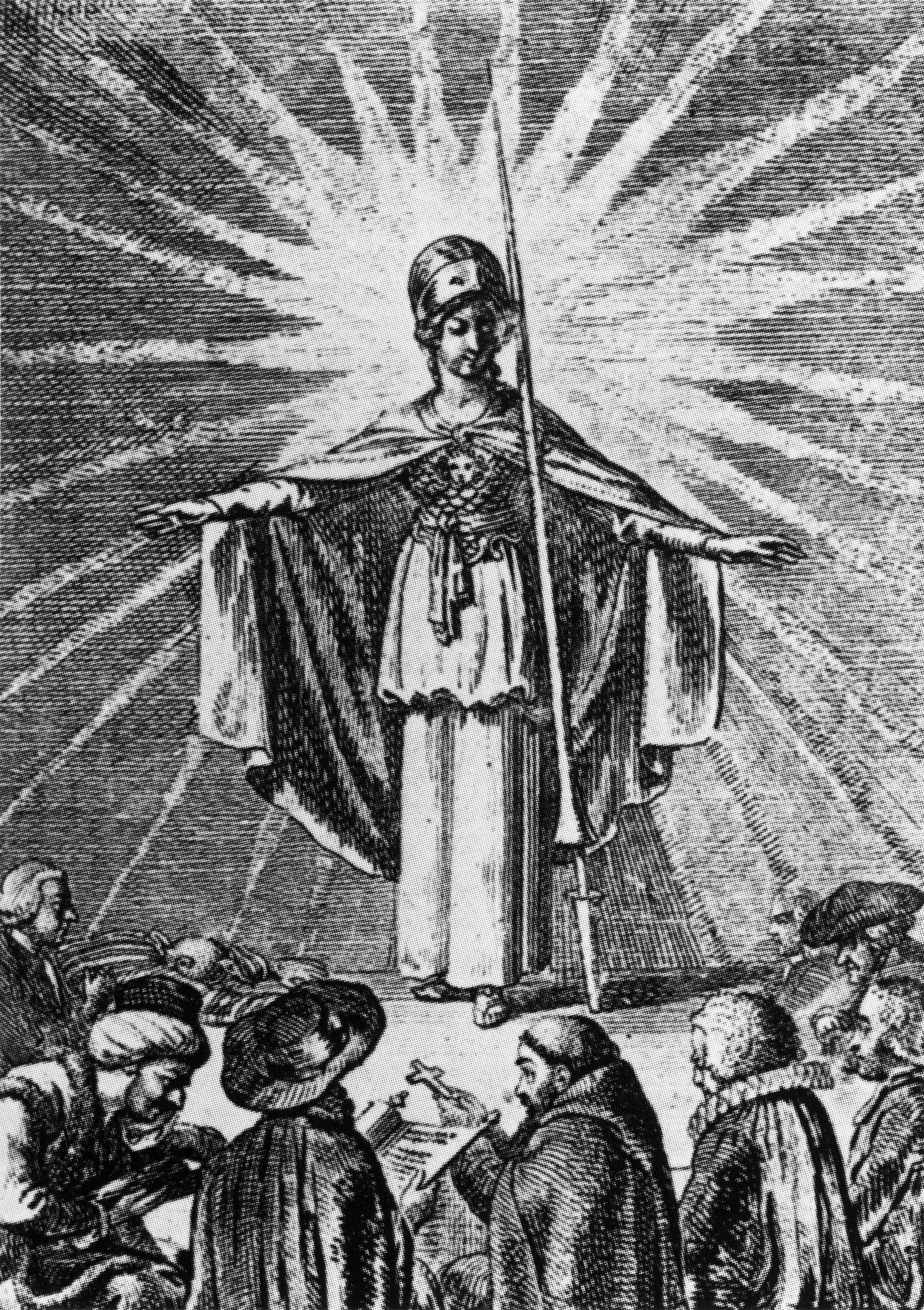|
Religion In Vietnam
The majority of Vietnamese do not follow any organized religion, instead participating in one or more practices of folk religions, such as venerating ancestors, or praying to deities, especially during Tết and other festivals. Folk religions were founded on endemic cultural beliefs that were historically affected by Confucianism and Taoism from ancient China, as well as by various strands of Buddhism (''Phật giáo''). These three teachings or ''tam giáo'' were later joined by Christianity (Catholicism, ''Công giáo'') which has become a significant presence. Vietnam is also home of two indigenous religions: syncretic Caodaism (''Đạo Cao Đài)'' and quasi-Buddhist Hoahaoism (''Phật giáo Hòa Hảo''). The Socialist Republic of Vietnam is constitutionally a secular state that guarantees freedom of religion. While the communist government implemented atheistic policies and severely restricted religious freedom from 1975 to the late 1980s, Vietnam's current constituti ... [...More Info...] [...Related Items...] OR: [Wikipedia] [Google] [Baidu] |
Catholicism
The Catholic Church (), also known as the Roman Catholic Church, is the List of Christian denominations by number of members, largest Christian church, with 1.27 to 1.41 billion baptized Catholics Catholic Church by country, worldwide as of 2025. It is among the world's oldest and largest international institutions and has played a prominent role in the history and development of Western civilization.Gerald O'Collins, O'Collins, p. v (preface). The church consists of 24 Catholic particular churches and liturgical rites#Churches, ''sui iuris'' (autonomous) churches, including the Latin Church and 23 Eastern Catholic Churches, which comprise almost 3,500 dioceses and Eparchy, eparchies List of Catholic dioceses (structured view), around the world, each overseen by one or more Bishops in the Catholic Church, bishops. The pope, who is the bishop of Rome, is the Papal supremacy, chief pastor of the church. The core beliefs of Catholicism are found in the Nicene Creed. The ... [...More Info...] [...Related Items...] OR: [Wikipedia] [Google] [Baidu] |
Mahayana Buddhism
Mahāyāna ( ; , , ; ) is a term for a broad group of Buddhist traditions, texts, philosophies, and practices developed in ancient India ( onwards). It is considered one of the three main existing branches of Buddhism, the others being Theravāda and Vajrayāna.Harvey (2013), p. 189. Mahāyāna accepts the main scriptures and teachings of early Buddhism but also recognizes various doctrines and texts that are not accepted by Theravada Buddhism as original. These include the Mahāyāna sūtras and their emphasis on the ''bodhisattva'' path and ''Prajñāpāramitā''. Vajrayāna or Mantra traditions are a subset of Mahāyāna which makes use of numerous tantric methods Vajrayānists consider to help achieve Buddhahood. Mahāyāna also refers to the path of the bodhisattva striving to become a fully awakened Buddha for the benefit of all sentient beings, and is thus also called the "Bodhisattva Vehicle" (''Bodhisattvayāna''). Damien Keown (2003), A Dictionary of Buddhism', ... [...More Info...] [...Related Items...] OR: [Wikipedia] [Google] [Baidu] |
Syncretism
Syncretism () is the practice of combining different beliefs and various school of thought, schools of thought. Syncretism involves the merging or religious assimilation, assimilation of several originally discrete traditions, especially in the theology and mythology of religion, thus asserting an underlying unity and allowing for an Inclusivism, inclusive approach to other faiths. While syncretism in art and culture is sometimes likened to eclecticism, in the realm of religion, it specifically denotes a more integrated merging of beliefs into a unified system, distinct from eclecticism, which implies a selective adoption of elements from different traditions without necessarily blending them into a new, cohesive belief system. Etymology The English word is first attested in the early 17th century. It is from Neo-Latin, Modern Latin , drawing on the (), supposedly meaning "Cretan federation". However, this is a spurious etymology derived from the naive idea in Plutarch's 1st- ... [...More Info...] [...Related Items...] OR: [Wikipedia] [Google] [Baidu] |
Triple Religion
In Chinese philosophy, the ''three teachings'' (; , Chữ Hán: 三教) are Confucianism, Taoism, and Buddhism. The learning and the understanding of the three teachings are traditionally considered to be a harmonious aggregate within Chinese culture. Literary references to the "three teachings" by prominent Chinese scholars date back to the 6th century. The term may also refer to a non-religious philosophical grounds of aggregation as exemplified within traditional Chinese medicine. Three teachings harmonious as one The phrase also appears as the ''three teachings harmonious as one'' (). In common understanding, ''three teachings harmonious as one'' simply reflects the long history, mutual influence, and (at times) complementary teachings of the three belief systems. It can also be used in reference to the "Sanyi teaching", a syncretic sect which was founded during the Ming dynasty by Lin Zhao'en, wherein Confucian, Taoist, and Buddhist beliefs are combined according to t ... [...More Info...] [...Related Items...] OR: [Wikipedia] [Google] [Baidu] |
Baháʼí Faith In Vietnam
The introduction of the Baháʼí Faith in Vietnam first occurred in the 1920s, not long after French Indochina was mentioned by ʻAbdu'l-Bahá as a potential destination for Baháʼí teachers. After a number of brief visits from travelling teachers throughout the first half of the 20th century, the first Baháʼí group in Vietnam was established in Saigon in 1954, with the arrival of Shirin Fozdar, a Baháʼí teacher from India. The 1950s and 1960s were marked by periods of rapid growth, mainly in South Vietnam; despite the ongoing war affecting the country, the Baháʼí population surged to around 200,000 adherents by 1975. After the end of the war, Vietnam was reunified under a communist government, who proscribed the practice of the religion from 1975 to 1992, leading to a sharp drop in community numbers. Relations with the government gradually improved, however, and in 2007 the Baháʼí Faith was officially registered, followed by its full legal recognition a year later. ... [...More Info...] [...Related Items...] OR: [Wikipedia] [Google] [Baidu] |
Islam In Vietnam
While the practice of Islam in Vietnam is primarily associated with the Cham people, an Austronesian minority ethnic group, roughly one-third of Muslims in Vietnam are of other ethnic groups. There is also a community which describes itself as of mixed ethnic origins (Cham, Khmer, Malay, Minang, Viet, Chinese, and Arab), that practices Islam and also describes themselves as the Cham, or Cham Muslims, in southern Vietnam, mostly around the region of Châu Đốc or Ho Chi Minh City. History Spread of Islam (750–1400) Uthman ibn Affan, the third caliph of Islam, sent the first official Muslim envoy to Tang dynasty China in the Yonghui period (650–655). Seafaring Muslim traders were known to make stops at ports in the Champa Kingdom en route to China very early in the history of Islam. During the 9th to 12th centuries, various medieval Arabic geographical works had identified modern-day eastern Indochina as the lands of the ''Qimar'' (Khmer, Cambodians), the ''Sanf'' (Cham) ... [...More Info...] [...Related Items...] OR: [Wikipedia] [Google] [Baidu] |
Hinduism In Vietnam
Hinduism in Vietnam is mainly observed by the Balamon Cham people in Vietnam. According to the 2019 census, there are 64,547 Cham Hindus in Vietnam.Bieu so lieu va phu luc (duyet gui in) US State Dept 2022 report /ref> Cham Hindus  The majority of Cham in
The majority of Cham in
|
Christians
A Christian () is a person who follows or adheres to Christianity, a monotheistic Abrahamic religion based on the life and teachings of Jesus Christ. Christians form the largest religious community in the world. The words '' Christ'' and ''Christian'' derive from the Koine Greek title (), a translation of the Biblical Hebrew term '' mashiach'' () (usually rendered as ''messiah'' in English). While there are diverse interpretations of Christianity which sometimes conflict, they are united in believing that Jesus has a unique significance. The term ''Christian'' used as an adjective is descriptive of anything associated with Christianity or Christian churches, or in a proverbial sense "all that is noble, and good, and Christ-like." According to a 2011 Pew Research Center survey, there were 2.3 billion Christians around the world, up from about 600 million in 1910. Today, about 37% of all Christians live in the Americas, about 26% live in Europe, 24% live in sub-Saharan Afric ... [...More Info...] [...Related Items...] OR: [Wikipedia] [Google] [Baidu] |
Constitution Of Vietnam
The Vietnamese Constitution or the Constitution of Vietnam (), fully the Constitution of the Socialist Republic of Vietnam (), is the fundamental and supreme law of the Socialist Republic of Vietnam. The current constitution was adopted on November 28, 2013, by the Thirteenth National Assembly and took effect on January 1, 2014, being the third constitution adopted by the Vietnamese state since the political reunification of the country in 1976. Current constitution The current constitution, known as the 2013 Constitution, contains a preamble and 11 chapters: * Chapter I: Political System * Chapter II: Human Rights, Basic Civil Rights and Civic Duties * Chapter III: The Economy, Society, Culture, Education, Science, Technology, and the Environment * Chapter IV: Defence of the Homeland * Chapter V: The National Assembly * Chapter VI: President of the Republic * Chapter VII: The Government * Chapter VIII: The People's Court and the People's Procuracy * Chapter IX: Local Government ... [...More Info...] [...Related Items...] OR: [Wikipedia] [Google] [Baidu] |
Communist Party Of Vietnam
The Communist Party of Vietnam (CPV) is the founding and sole legal party of the Socialist Republic of Vietnam. Founded in 1930 by Hồ Chí Minh, the CPV became the ruling party of North Vietnam in 1954 and then all of Vietnam after the collapse of the South Vietnamese government following the Fall of Saigon in 1975. Although it nominally exists alongside the Vietnamese Fatherland Front, it maintains a unitary government and has centralized control over the state, military, and media. The supremacy of the CPV is guaranteed by Article 4 of the national constitution. The Vietnamese public generally refer to the CPV as simply "the Party" () or "our Party" (). The CPV is organized on the basis of democratic centralism, a principle conceived by Russian Marxist revolutionary Vladimir Lenin. The highest institution of the CPV is the party's National Congress, which elects the Central Committee. The Central Committee is the supreme organ on party affairs in between party congr ... [...More Info...] [...Related Items...] OR: [Wikipedia] [Google] [Baidu] |
Freedom Of Religion
Freedom of religion or religious liberty, also known as freedom of religion or belief (FoRB), is a principle that supports the freedom of an individual or community, in public or private, to manifest religion or belief in teaching, practice, worship, and observance. It also includes the right not to profess any religion or belief or "not to practice a religion" (often called freedom ''from'' religion). The concept of religious liberty includes, and some say requires, secular liberalism, and excludes authoritarian versions of secularism. Freedom of religion is considered by many people and most nations to be a fundamental rights, fundamental human right. Freedom of religion is protected in all the most important international human rights treaty, conventions, such as the United Nations International Covenant on Civil and Political Rights, the American Convention on Human Rights, the European Convention on Human Rights, and the Convention on the Rights of the Child, United Na ... [...More Info...] [...Related Items...] OR: [Wikipedia] [Google] [Baidu] |







